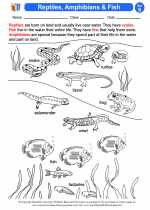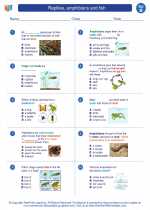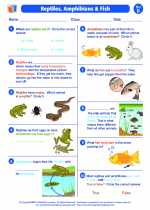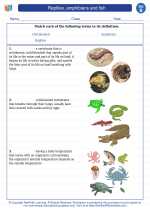Tension in Science
Tension is a force that is applied to an object by pulling it in opposite directions. It is a type of force that occurs when an object is stretched or pulled. Tension can occur in various scenarios, such as when a rope is pulled from both ends, or when a spring is stretched.
Causes of Tension
Tension can be caused by a variety of factors, including:
- Applying force to stretch an object
- Using a rope, cable, or string to pull an object
- Stretching a material, such as a rubber band or a spring
Effects of Tension
When a force creates tension in an object, it can lead to several outcomes:
- Stretching or elongating the object
- Generating stress within the material
- Potentially causing the object to deform or break if the tension exceeds its strength
Examples of Tension
Some common examples of tension in everyday life include:
- A person pulling on both ends of a rubber band
- A climber using a rope to support their weight
- A bungee cord stretching as a person jumps off a platform
Study Guide for Tension
Here are some key points to remember when studying tension:
- Define tension as a force that occurs when an object is stretched or pulled in opposite directions.
- Understand the causes of tension, such as applying force to stretch an object or using a rope to pull an object.
- Recognize the effects of tension, including stretching an object, generating stress, and potential deformation or breakage.
- Be able to provide examples of tension in everyday situations, such as stretching a rubber band or using a bungee cord.
◂Science Worksheets and Study Guides Second Grade. Reptiles, amphibians and fish
Study Guide Reptiles, amphibians and fish
Reptiles, amphibians and fish  Activity Lesson
Activity Lesson Reptiles, Amphibians & Fish
Reptiles, Amphibians & Fish  Worksheet/Answer key
Worksheet/Answer key Reptiles, amphibians and fish
Reptiles, amphibians and fish  Worksheet/Answer key
Worksheet/Answer key Reptiles, amphibians and fish
Reptiles, amphibians and fish  Worksheet/Answer key
Worksheet/Answer key Reptiles, amphibians and fish
Reptiles, amphibians and fish  Worksheet/Answer key
Worksheet/Answer key Reptiles, Amphibians and Fish
Reptiles, Amphibians and Fish  Vocabulary/Answer key
Vocabulary/Answer key Reptiles, amphibians and fish
Reptiles, amphibians and fish 

 Activity Lesson
Activity Lesson
 Worksheet/Answer key
Worksheet/Answer key
 Worksheet/Answer key
Worksheet/Answer key
 Worksheet/Answer key
Worksheet/Answer key
 Worksheet/Answer key
Worksheet/Answer key
 Vocabulary/Answer key
Vocabulary/Answer key

The resources above cover the following skills:
LIFE SCIENCE (NGSS)
Ecosystems: Interactions, Energy, and Dynamics
Students who demonstrate understanding can:
Plan and conduct an investigation to determine if plants need sunlight and water to grow.